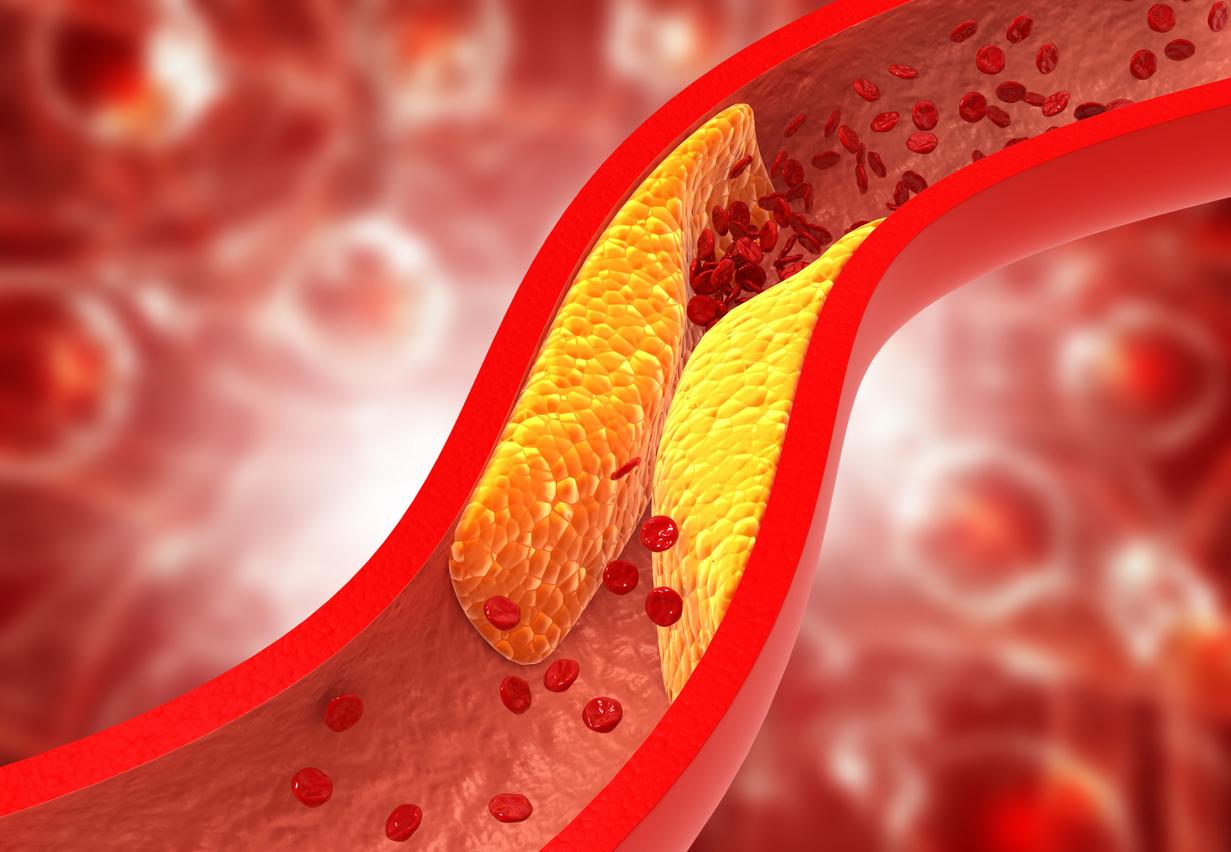Hepatic steatosis or “fatty liver disease” could be prevented or slowed down by a chemical modification of certain RNA molecules.

- Fatty liver can cause cirrhosis and increases cardiovascular risk
- Gene therapy could prevent or slow this disease
Gene therapy could protect non-alcoholic fatty liver disease, more commonly known as “fatty liver disease”. This is what indicates a study by researchers at the University of California and published July 19 in the journal Nature Metabolism. This work, carried out on mice, shows that a chemical modification occurring in certain RNA molecules carrying the genetic instructions of DNA for the manufacture of cell proteins can protect against the accumulation of fat in the liver. A buildup that can lead to advanced liver disease.
Hepatic steatosis develops because of dietary or genetic factors and can, apart from any alcohol consumption, lead to cirrhosis, a high fat content of the liver which can also be associated with a significant risk of cardiovascular disease. Previous work has shown that chemical changes can occur in RNA molecules with positive or negative consequences.
Fatty liver disease” Slowing the accumulation of fat in the liver
To see more clearly, the Californian researchers used a mouse model comprising a mouse carrying this modification called m6A compared to another not carrying this modification. And they analyzed the effects of diets with different fat contents to assess the effects of this change on fatty liver disease. At the same time, they used measurements from human patients who underwent liver biopsies (particularly in the case of bariatric surgery) to correlate markers of m6A modification with liver fat content. This is how they found that m6A appears to act as a protective checkpoint that slows fat accumulation in the liver. Hence the idea of developing therapies against “fatty liver disease” using these chemical modifications in order to prevent or slow down liver disease.
The m6A modification which has been identified as an element involved in hepatic steatosis seems, moreover, to occur in mouse models, at a different rate in females and in males, which would explain why females commonly have a higher level. in fat in the liver.
.
















